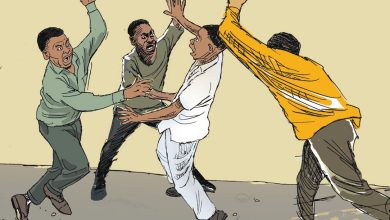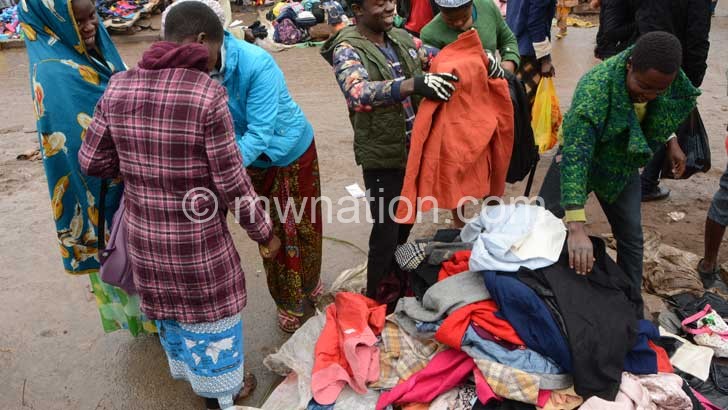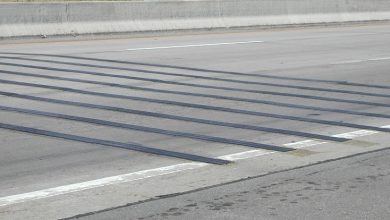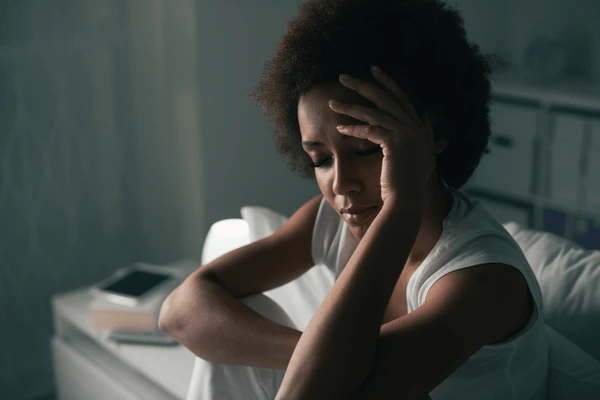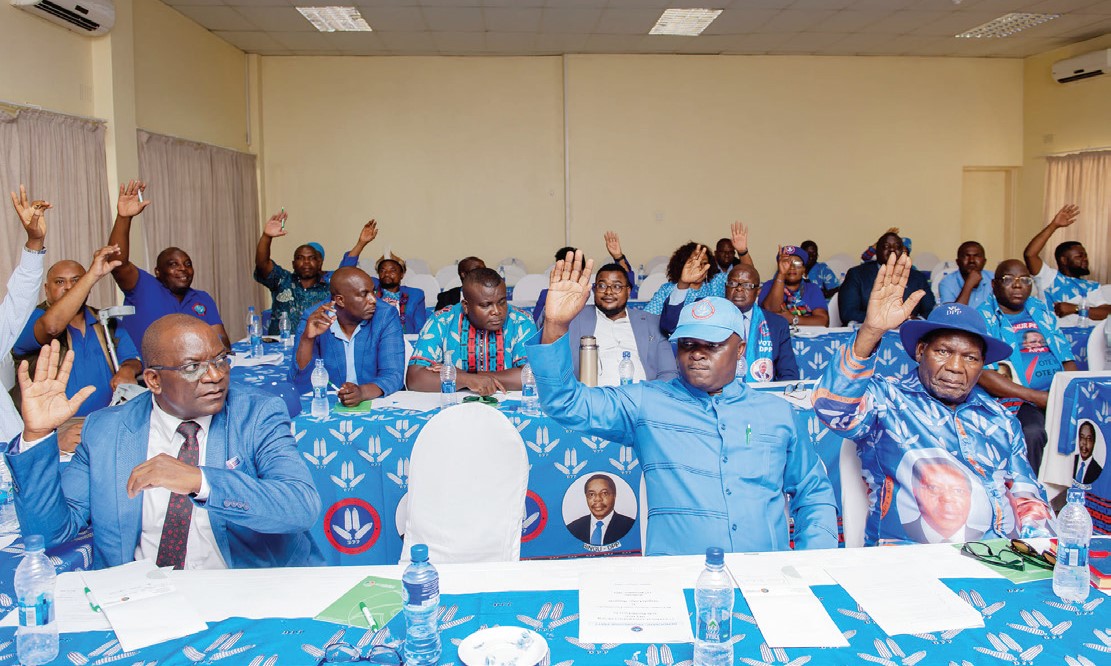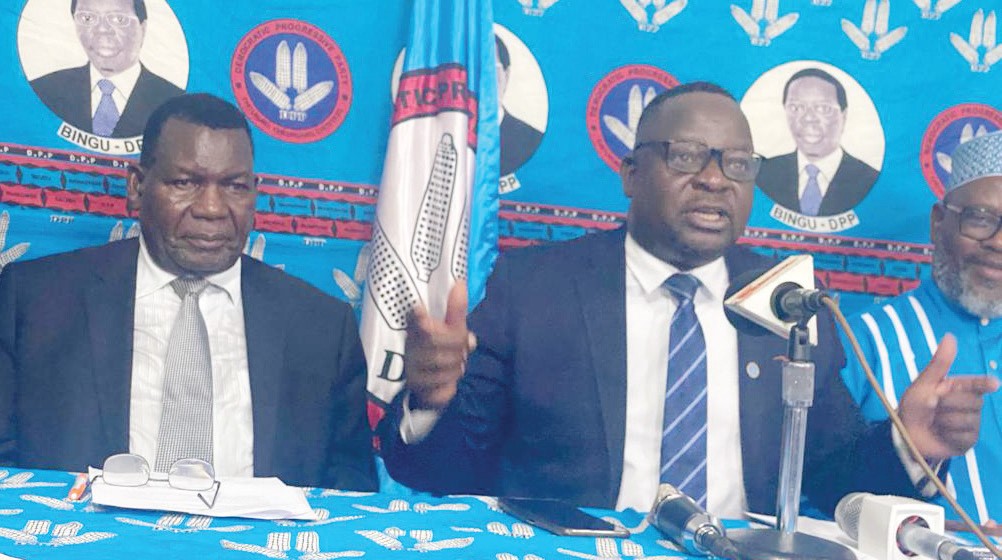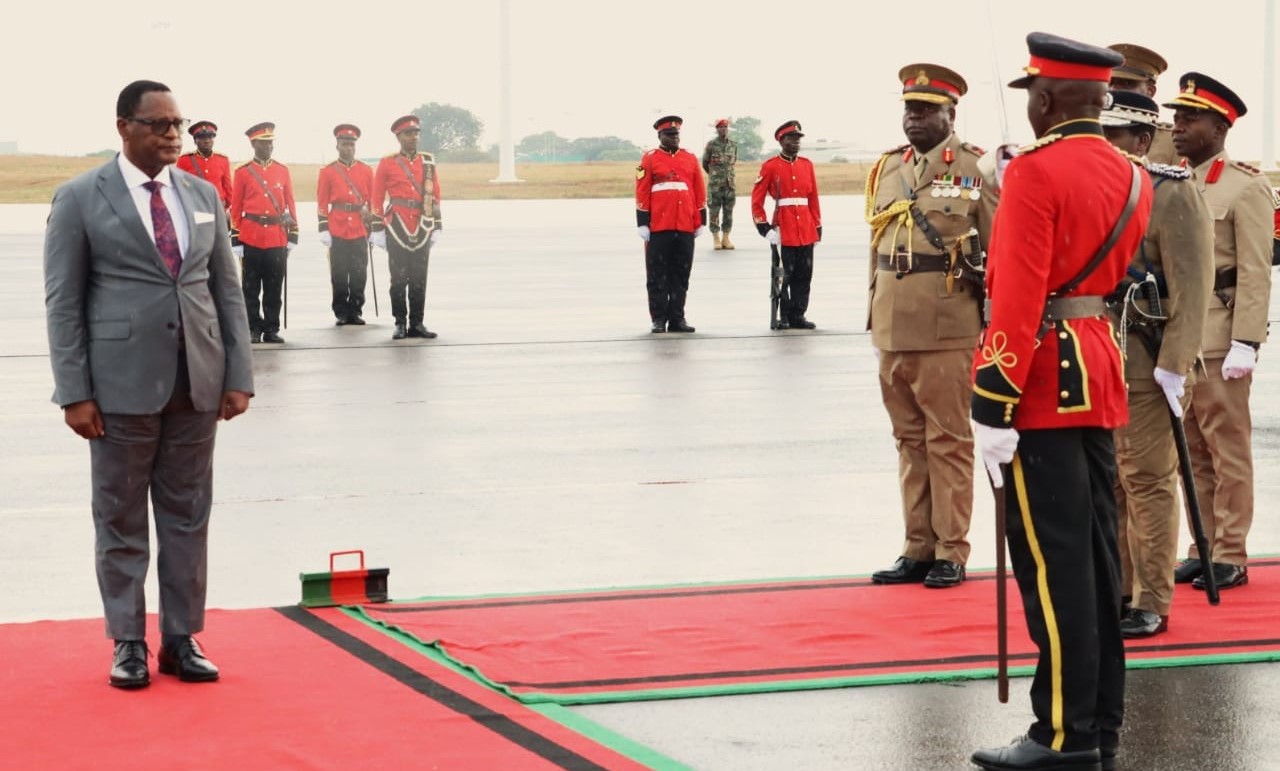Who is a Malawian woman?
It wasn’t until a few weeks ago, when a certain elderly woman meandered through a talk centred on the title of today’s column, that I started wondering if there is such a thing as a Malawian woman.
It wasn’t a completely strange concept, because since my birth some decades ago, I have witnessed thousands of attempts to spell out universal characteristsics of a Malawian woman—meaning, perhaps, a female born and raised in Malawi?
You could see parents and other relatives making efforts to instill culturally inspired feminine or masculine morals and values in children and so did teachers, the church and the various communities the children grew up in.
There is no running away from socialisation; it greatly shapes people’s thinking, beliefs, lifestyles, and perhaps that woman’s presentation on what she believes make up a Malawian woman.
Her short speech to fellow women that afternoon looked at two characteristics that zeroed in on what a typical admirable Malawian woman ought to do.
She spoke of a woman who knows how to “properly” put on a wrapper (chitenje) and head-gear (mpango) when going to a funeral. She further described as unMalawian the tendency of some women who tend to show off weaves or cleavages at funerals. How, she asked, can one comfort the bereaved with their breasts spilling out of a blouse?
A woman cultured in Malawian, she said, also knows how to make local dishes such as matemba and African cake (zikondamoyo) for her husband or family.
Her short talk left me with more questions than answers.
Should the definition of a Malawian woman border on the nature of funeral attire or how a woman dresses for any other event? If that is the case, how then do we draw universal standards of what is right considering the different social classes in the country and the, therefore, dissimilar lifestyles that emanate from such social strata?
How possible is a definition of Malawian woman if it is to centre on the cooking of what is considered local food when people have different food tastes? Why should a woman whose family enjoys fritters or cakes, strive to bake some chikondamoyo which will not be eaten by anybody in the home and, for that reason, prove to be a waste of resources?
And who defines what is unanimously acceptable for Malawian women? What informs their definition?
While a cultural identification is generally accepted as important for a people , isn’t it too much to narrow down such identification to ineffectual aspects that kill diversity by, for example, limiting people’s food and dressing tastes? How does that classification take care of assortment that comes with the various backgrounds that people have grown up in despite living in the same country?
Is being a Malawian woman something that women in the country should really strive to become? Is it practical to put up universal female traits of Malawian woman and go about preaching them? I wonder.


